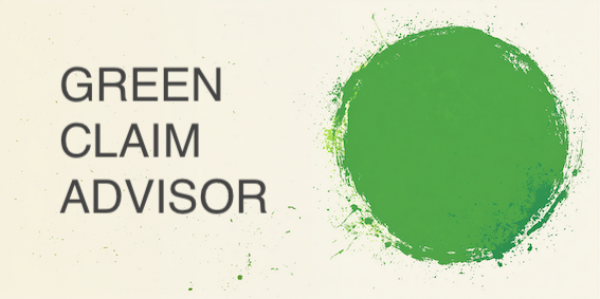Green Claims & Certification Advisory

About The Service
Other Information
Customer Challenge
As sustainability becomes a competitive differentiator, companies are increasingly making environmental claims. But with rising regulatory scrutiny—including the EU Green Claims Directive and national frameworks such as the UK’s Green Claims Code—many face risks due to vague, unverified, or misleading statements.
The certification landscape is complex and inconsistent. Without a clear strategy for claim substantiation, companies risk regulatory penalties, reputational damage, or legal disputes. A robust approach is essential to ensure that environmental claims are truthful, verifiable, and aligned with fast-evolving compliance requirements.
Service Solution
Service Activities
Policy Building: Establish a clear internal framework for green claims, outlining responsibilities, decision-making structures, and approval processes
Claims Assessment: Analyse current environmental claims to ensure they are transparent, accurate, and meet regulatory expectations
Evidence Management: Collect and validate the supporting data needed to back up claims, ensuring readiness for audit and legal review
Impact Prioritisation: Identify and prioritise the most relevant product or process sustainability features to focus your claims on what truly matters
Certification Strategy: Research and recommend the most suitable third-party certifications to reinforce your sustainability claims
Message Alignment: Develop credible, fact-based sustainability messaging that is consistent with internal data, certifications, and business objectives
Supplier Integration: Collaborate with suppliers to align sustainability messaging and certification use across the supply chain
Team Enablement: Train internal teams on responsible claim-making, common greenwashing pitfalls, and the company’s protocols for claims governance
Key Results
Green claims aligned with latest regulatory expectations
Verified and certifiable sustainability messaging
Enhanced brand trust and stakeholder confidence
Minimized legal and reputational risk exposure
Improved supplier engagement and transparency
Strong internal alignment between teams handling sustainability, marketing, and compliance
Customer Value
Clear roadmap for regulatory-aligned claim substantiation
Risk mitigation through certification and verification
Stronger consumer and investor trust through credible claims
Increased market competitiveness in a transparency-driven economy
Industries covered by service
Delivery Model
Delivery Setup
Client responsibilities
Provide access to product claims, marketing content, and certification documentation
Involve key internal teams (legal, sustainability, marketing) in workshops
Implement recommended improvements and policies
Delivery Region Scope
Delivery Language
Service Outline
Categories
Expertise

€1,032.00
- Claims assessment
€6,192.00
- Define Green claims policy and governance framework
€2,236.00
Select service option(s), price per option
- 1. Roll out claims governance and team training

